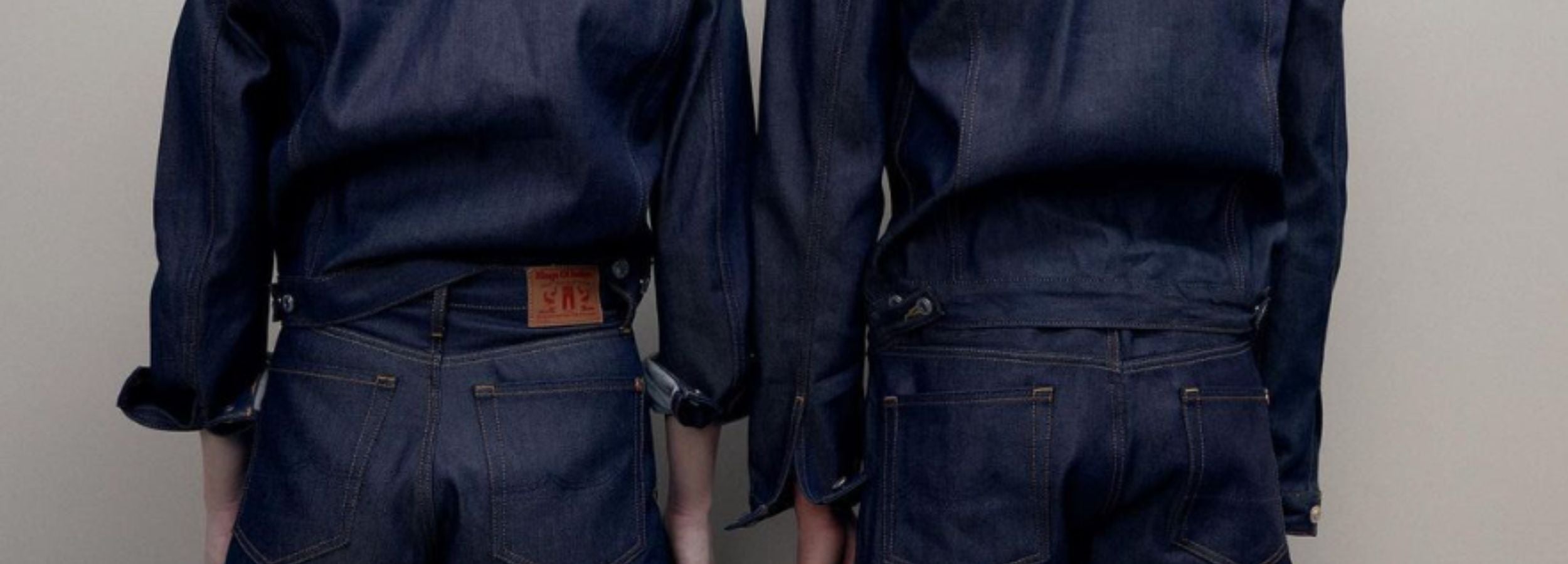Crafted with care
We're committed to crafting the highest quality clothing, with the lowest environmental impact. By giving them the care they deserve, you ensure they stand the test of time. Plus, you'll be doing your part for the environment – it's a win-win!
GOLDEN RULES
1. Wash less
Wash as little as possible to reduce wear and tear from friction and maintain that fresh colour. Consider using an eco-friendly clothing refresher spray in-between washes.
2. Sort by colour
Sort your laundry by colour - carefully! - to keep your crisp white t-shirts white instead of unwanted pink or greyish. Same for any other shades of course.
3. Low temperature
Opt for washing at low temperatures, ideally around 30 degrees, unless the care label specifies otherwise.
4. Discrete detergent
Use the right amount of detergent - avoid excess. Overusing cleaning products leads to a buildup that can create an invisible film, trapping dirt and hard water minerals. This buildup can result in clothes looking dingy or faded over time.
5. Skip the tumble
Skip the tumble dryer; instead, give your garments a breath of fresh air by hanging them (outside, if possible). Better for your clothes and your wallet.
6. Care for the label
Always consult the care label for the best results. :)

Denim guide
Let's start with the most important tip: jeans thrive with minimal washing to maintain their character, fit and colour. Once a month, when wearing regularly, should suffice. But how to keep your jeans fresh in between washes then, we hear you think? Jeans are made of cotton, and cotton is a breathable fabric. Therefore, hang the jeans to ‘air’ (ideally outside, but be careful not to hang it exposed to strong UV for too long) in between washes to freshen up. It will prevent and in some cases even remove bad smells.
- Turn inside out before washing
- Close zippers
- Specifically treat stains to postpone washing
- Never use fabric softener
- Never tumble dry, it will cause fabric tear and colour fade
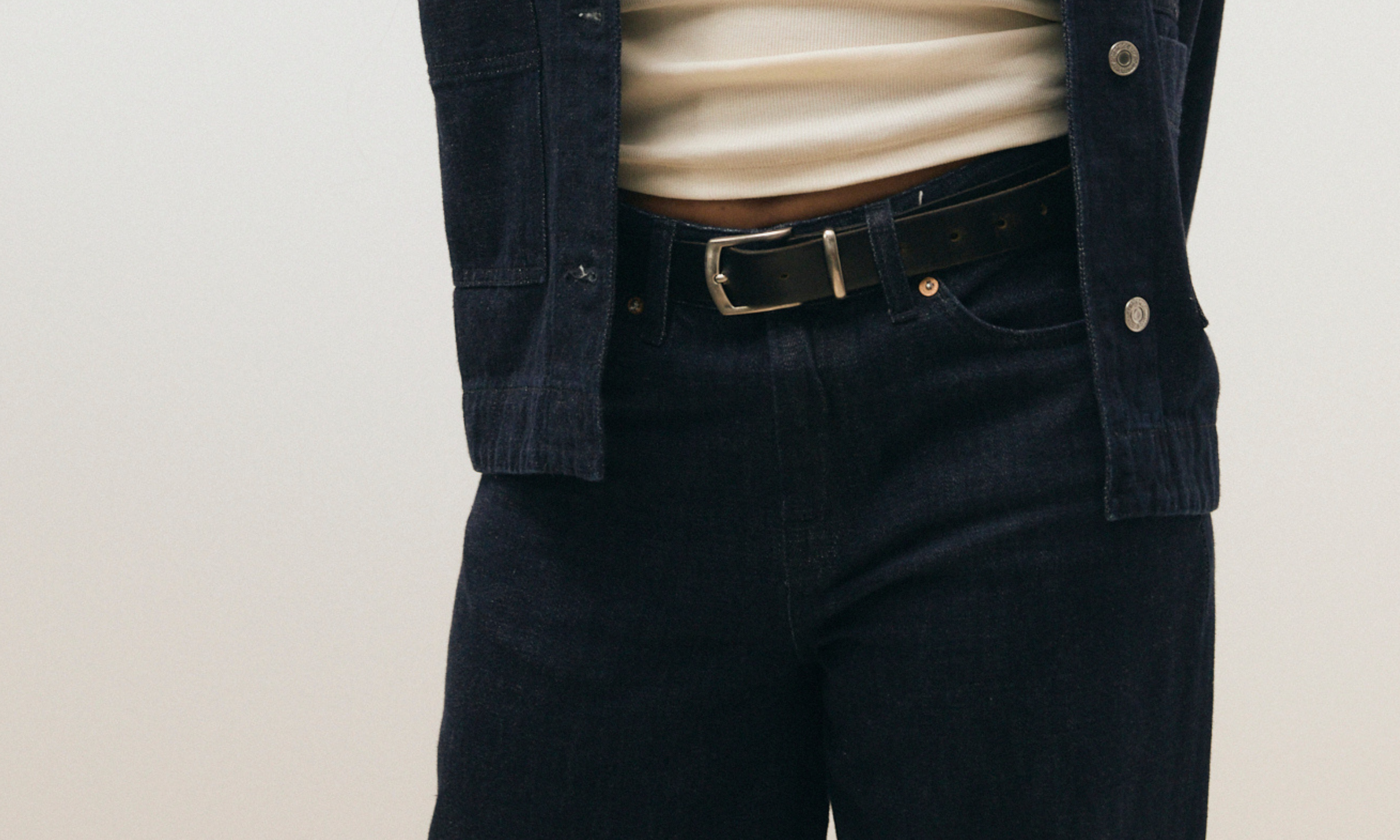

Indigo reigns
As a denim brand, Indigo reigns as our preferred colour. During the process of natural indigo dyeing, yarns, fabrics, or garments undergo a transformative immersion in a fermenting dye bath, lasting up to two weeks.
Like a painting
Achieving deeper shades involves repetitive dips, similar to the careful layering in painting.
Delicate care
Because of the layering technique, the natural indigo dye does not fully fixate into the fiber which means it fades easier and requires extra delicate care. Beware your natural indigo item will bleed and can stain on white socks, t-shirts, or even on your skin (no worries, just wash it off ;). To help you taking care of your beloved natural indigo item, please find some tips below:
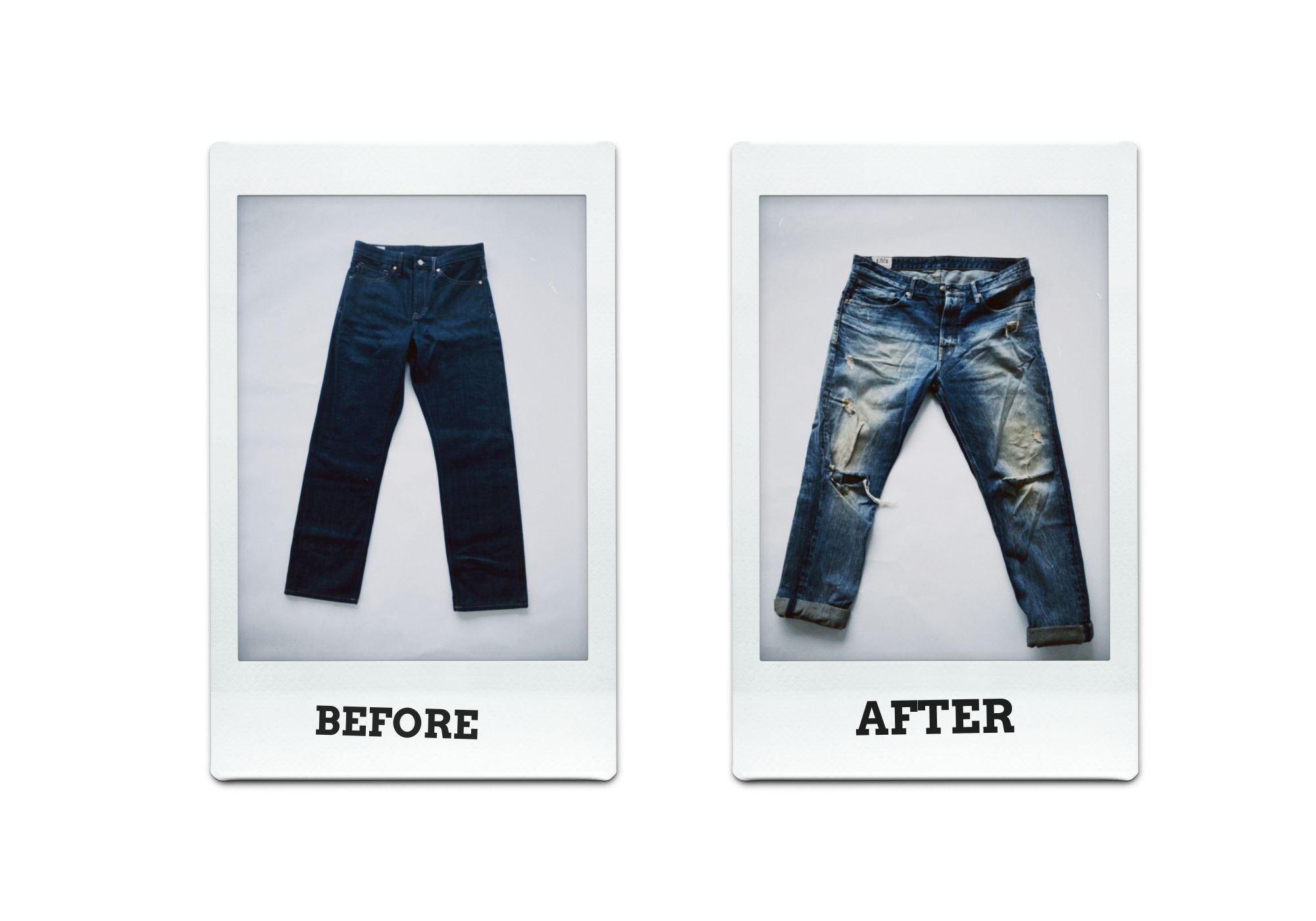
Dry denim
Dry denim, also known as raw denim, is untreated denim, with a characteristic clean, dark blue look and stiffer feel. While wearing, you will create your own one-of-a-kind imprint on the jeans. Avoid excessive washing to maintain the unique fades and creases that make dry denim special. Treat your dry denim like a canvas, letting it tell your story over time.
DRY DENIM DO'S:
- Delay 'The First Wash': Denim enthusiasts recommend waiting a minimum of six months before the first wash of dry denim, but the decision really depends on the desired look. Washing sooner and more frequently means reducing the contrast with created creases.
- Bleeding awareness: This may sound dramatic but we just want to make sure you are aware of the bleeding effect of indigo. Washing can always cause blue bleeding, in other words, the jeans will give off colour. Wash them on their own or with similar colours to avoid staining.
- Preserve colour: Turn your jeans inside out, zip them closed, and wash at a low temperature to preserve the natural beauty of the colour when washing.
- Timing is key: When the moment of washing has arrived, avoid leaving jeans in the washing machine after the wash to prevent uneven dye distribution due to wrinkling.
- Slight shrink: Raw jeans may experience slight shrinkage; gently (!) stretch them at inside and outside seams while wet if needed.
- Air Dry: For the best results, let your jeans air dry.
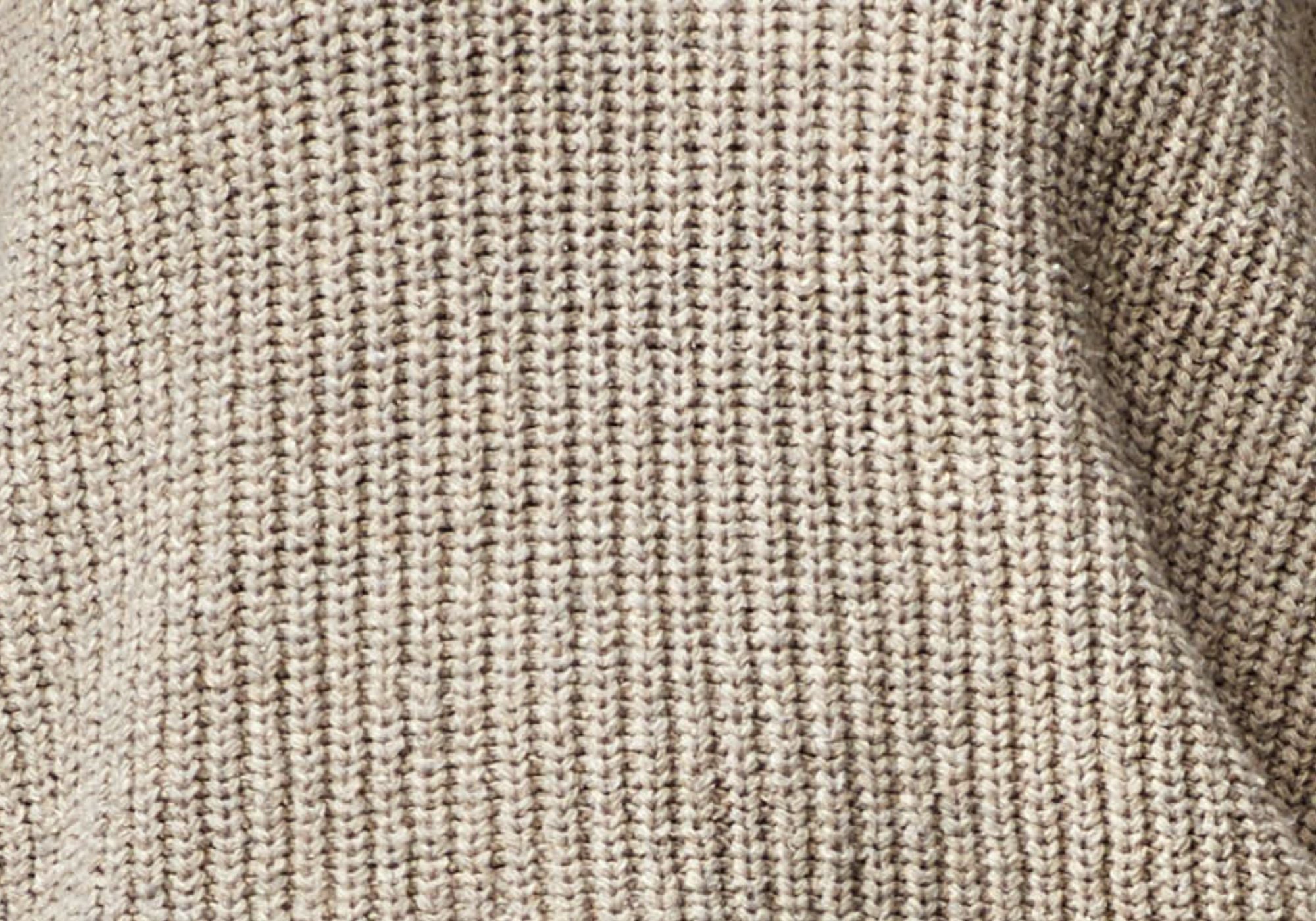
Knitwear
general intro to knitwear
- When washing, turn your knitwear inside out to avoid pilling
- Wash at 30 degrees or lower, using a gentle cycle for general care.
- Always lay the garment flat to dry to prevent stretching.
- Store the item folded in your closet (not on a hanger), to maintain its perfect fit and prevent unnecessary stretching.
- Don’t tumble dry
- Use a fabric shaver to remove any pilling that occurs over time
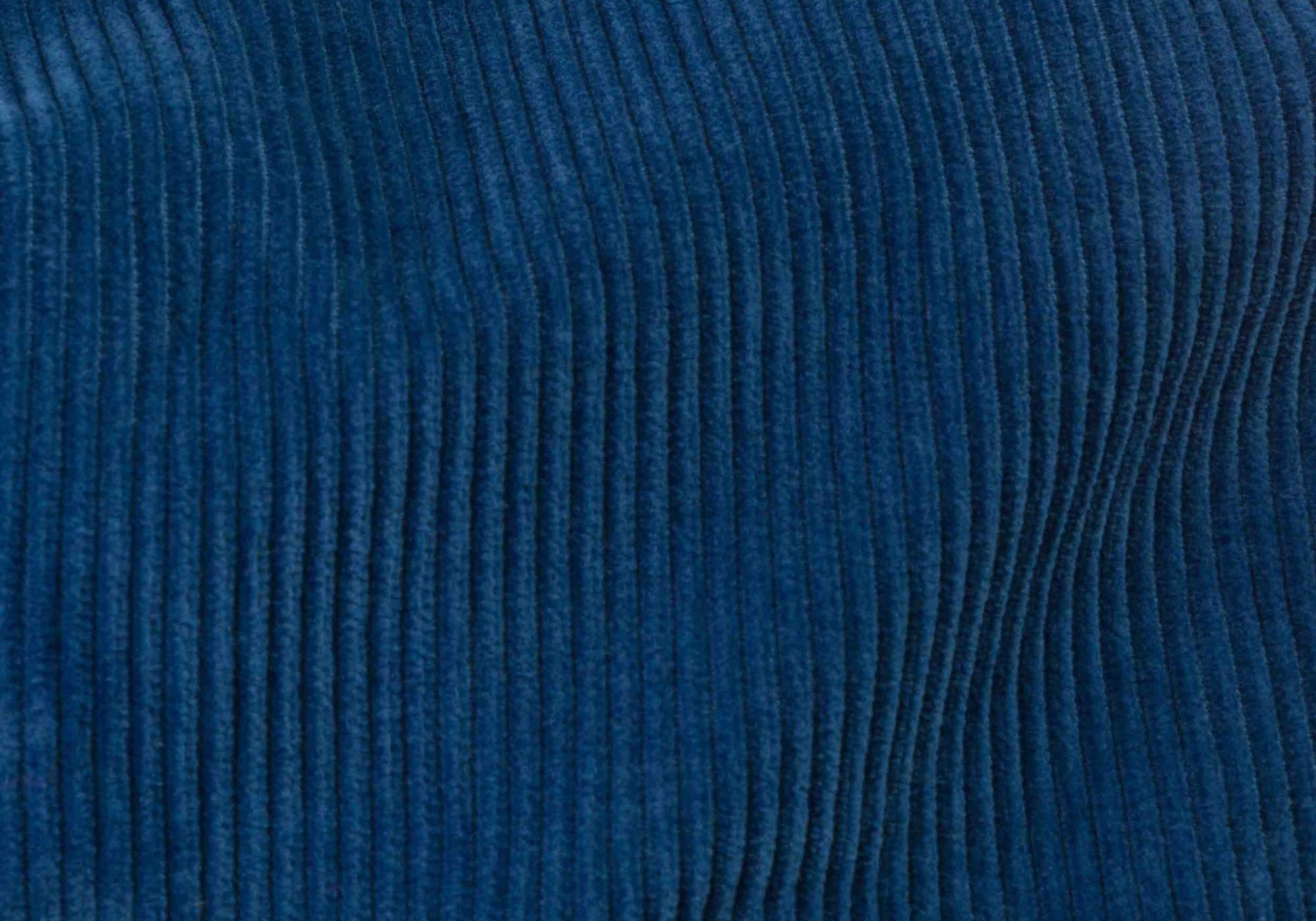
Corduroy
Corduroy is one of those timeless wardrobe staples that we designed to last, both in terms of quality and style. Take the following care tips into account to enjoy your corduroy items to the fullest.
- Wash inside out and close zippers to protect the fabric;
- Avoid washing with towels or similar fabrics to prevent the garment from attracting lint or loose fibers;
- Use a lint brush to easily restore the garment's fresh look if there are any loose fibers;
- Take the garment out of the washing machine directly (or asap) after it beeps! To maintain the original fit, prevent creases, and keep the fabric pile from flattening;
- Use steam to remove wrinkels and freshen up the garment in between wears;

Organic cotton
We choose to work with organic cotton instead of 'conventional' cotton, because of its sustainability benefits like reducing chemical use, supporting biodiversity and ensuring fair labour practices. Growing organic cotton also requires relatively less water. This way we can create a high quality product, while lowering its environmental impact.
- While cotton can handle a bit more, we still advise to wash your garments at a maximum of 30 degrees for quality and colour retention;
- Opt for air-drying instead of tumble dry to avoid unwanted shrinking and keep its form
- Air out to freshen up in between washes
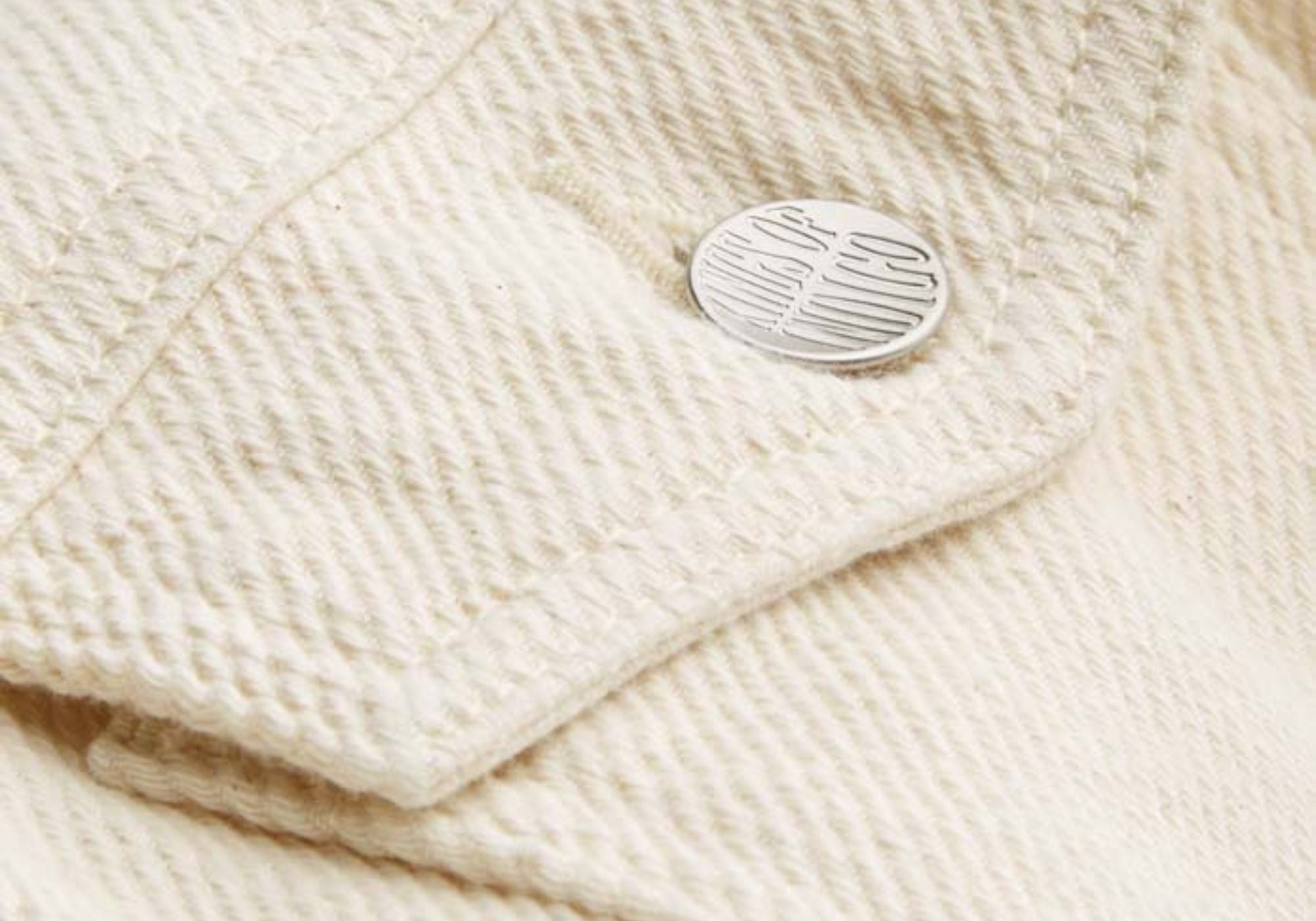
Tencel™ lyocell
Tencel™ Lyocell is a sustainable fiber, offering softness, breathability, and moisture absorption. Produced from responsibly sourced wood pulp, its closed-loop production process minimizes environmental impact. Another huge benefit: it's resistant to wrinkles. Effortless luxury in its purest form.
- Always wash on a gentle cycle;
- Look out for zippers and buttons that could damage the more delicate garments, we recommend using garment bags;
- Avoid tumble drying and hang-dry your garments instead;
- If the item is wrinkled (for Tencel™ Lyocell with linen mixed items for example) use a steamer or iron at low temperature with a towel in between to avoid spots on the fabric.
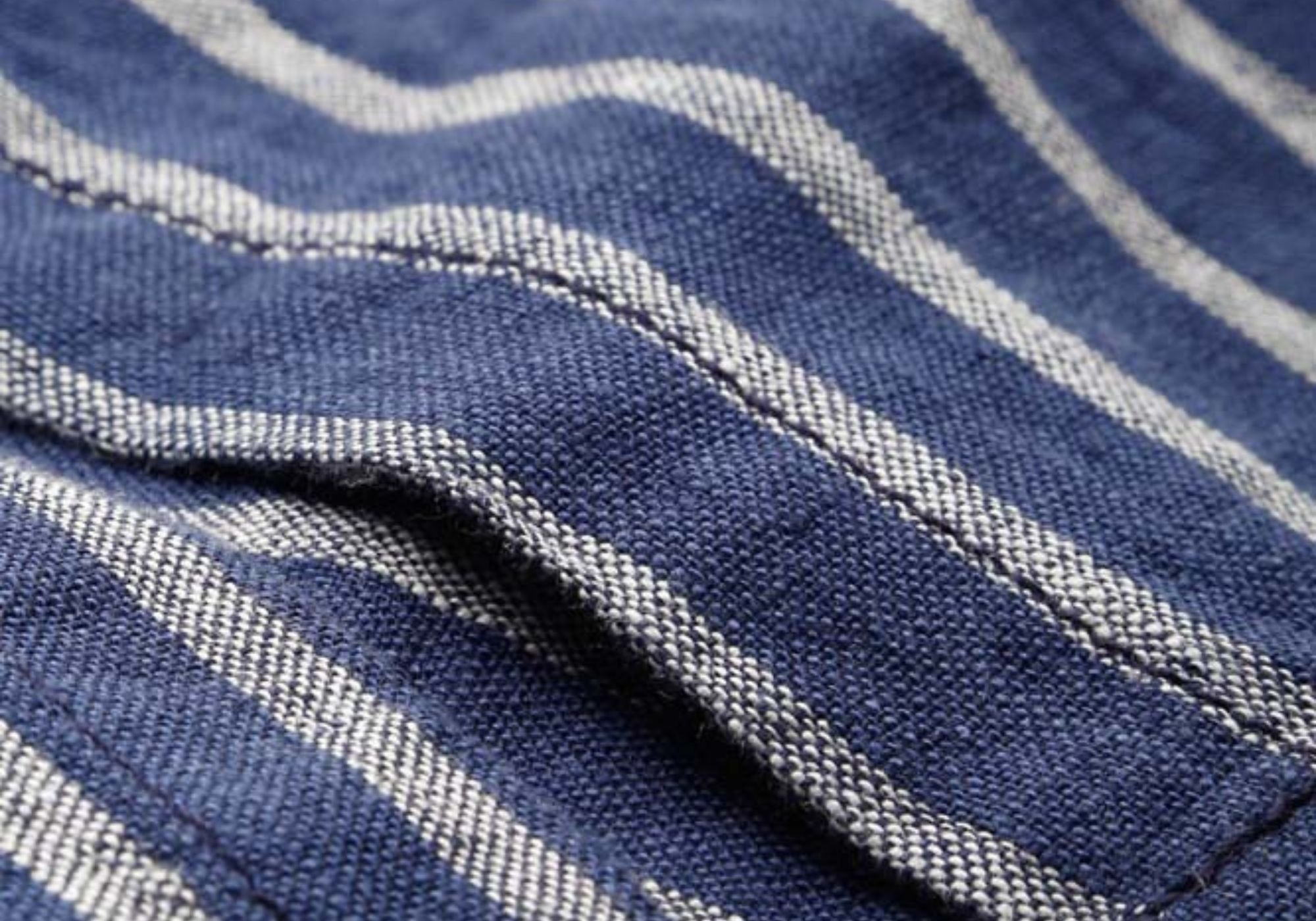
Hemp & linen
Hemp and linen have gained the status of natural classics for us. The fibers are sourced from plants that require minimal water and pesticides.
Renowned for durability, hemp fibers soften over time without losing strength. While linen wrinkles easily, some view its natural creases as part of its charm. Linen and hemp's durability ensure long-lasting, high-quality garments with a timeless aesthetic.
- Wash on a gentle cycle;
- Avoid tumble drying, this can cause shrinking;
- Instead: hang dry or lay flat to dry.
- Embrace the wrinkles, they are part of linen’s charm. For heavy wrinkles, use a steamer or iron when the garment is still a little damp.
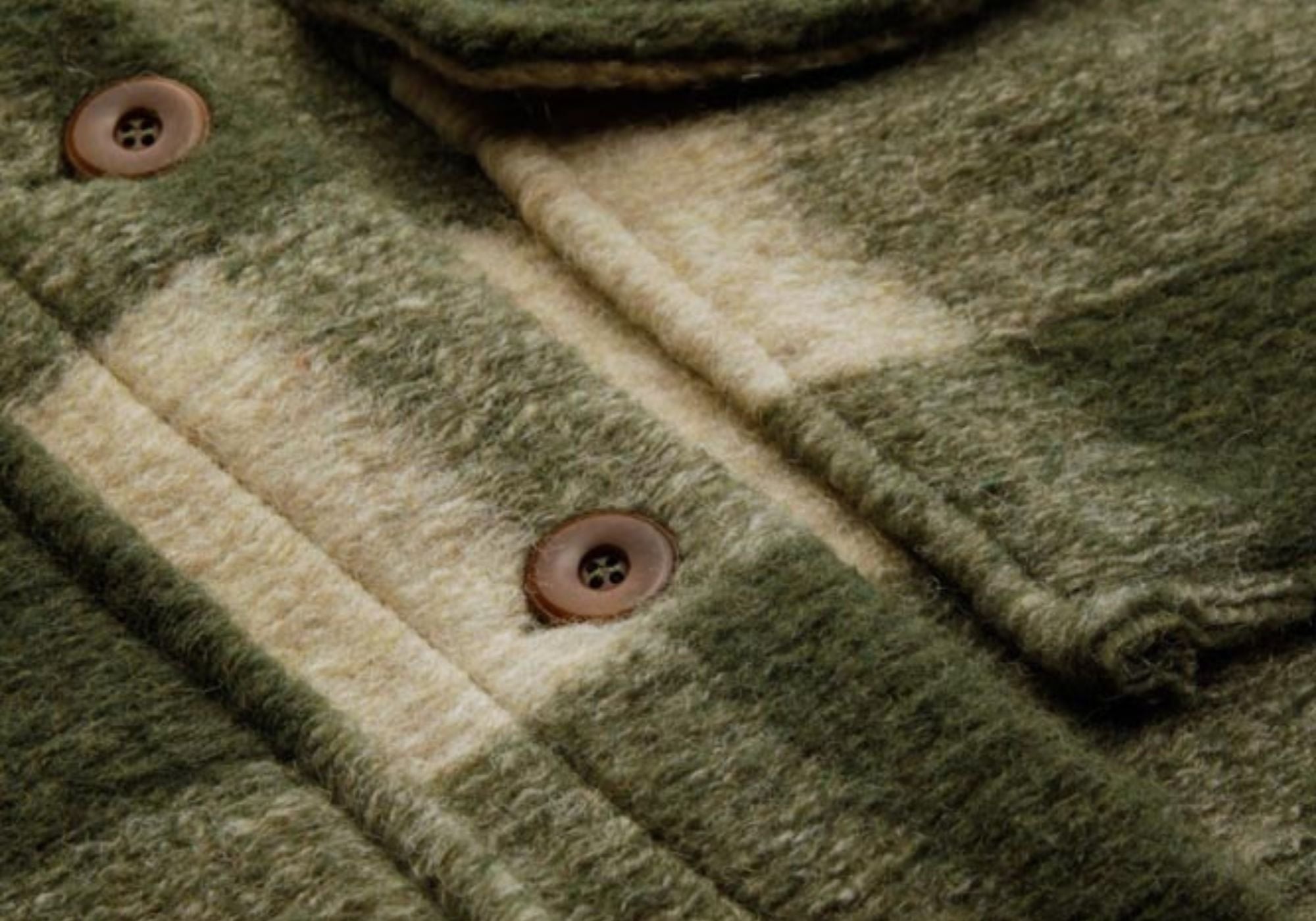
Recycled wool
Recycled wool combines sustainability with quality, as it reduces the environmental impact of traditional wool production. Wool has the magical characteristic of being anti-bacterial and odor-resistant, which means it can last longer without washing, how practical! When it is finally ready for a wash, follow these tips:
- Air out to freshen up in between washes
- Use a wool program on your washing machine
- No tumble drying :) just it lay flat on a towel to dry
- Wool is very likely to pill, but don’t worry, you can use a fabric shaver to easily remove the pilling from your item and enjoy its fresh look again.




